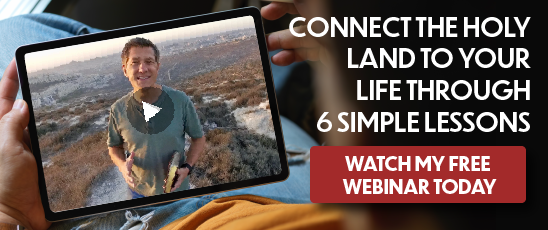Some people, it seems, are too far gone. We pray for them for years, but they still refuse to walk with God. After so long a time, we feel it’s hopeless. But Jerusalem’s Hinnom Valley gives us reason to hope.
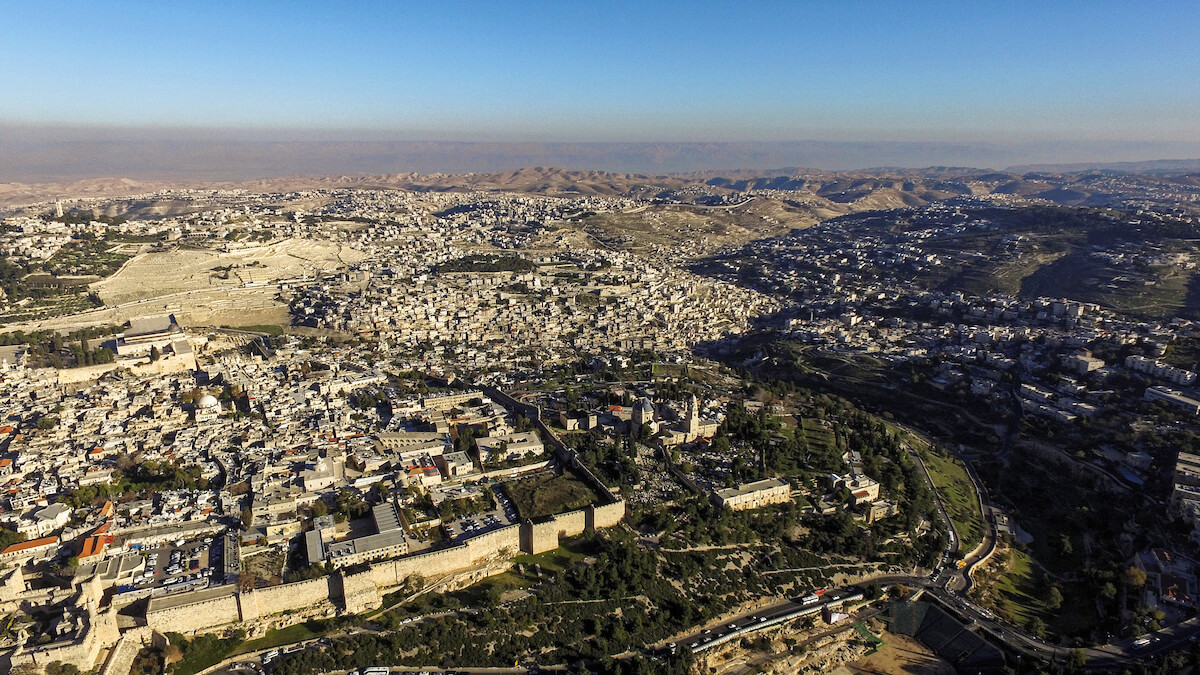
(Photo: The Hinnom Valley curves around Jerusalem’s southern side. Courtesy of the Pictorial Library of Bible Lands)
Some places in Jerusalem are as infamous as others are famous. The Hinnom Valley is such a site. It represented a place where evil atrocities occurred. Like, really evil.
When I see the Hinnom Valley, I think of King Manasseh and the horrific acts he committed in the area before my eyes. The infamous ravine reminds me of more than Manasseh. It also represents my redemption—and yours.
And it offers hope for those we think are too far gone.
King Manasseh and the Hinnom Valley
King Manasseh ruled in Judah for 55 years—the longest reign of all the Hebrew kings (2 Chron. 33:1-2). Even though Manasseh had one of the godliest fathers in history, Hezekiah, King Manasseh was Judah’s worst king.
- He lived just like the godless nations God destroyed in bringing Israel into the land.
- He adopted a pagan worldview—idolatry, astrology, child sacrifice, witchcraft, and sorcery—violations stated in Deuteronomy 18.
The Hinnom Valley served as the place where the evil occurred:
He made his sons pass through the fire in the valley of Ben-hinnom; and he practiced witchcraft, used divination, practiced sorcery, and dealt with mediums and spiritists. He did much evil in the sight of the LORD, provoking Him to anger. —2 Chronicles 33:6
Perhaps because of the atrocities committed here, Jesus used the Hinnom Valley as an illustration of the eternal torment of hell (Matt. 18:9). Here also, Judas, the betrayer of Jesus took his own life. Hence, the residents later named the place “Hakeldama,” or “Field of Blood” (Acts 1:18-19).
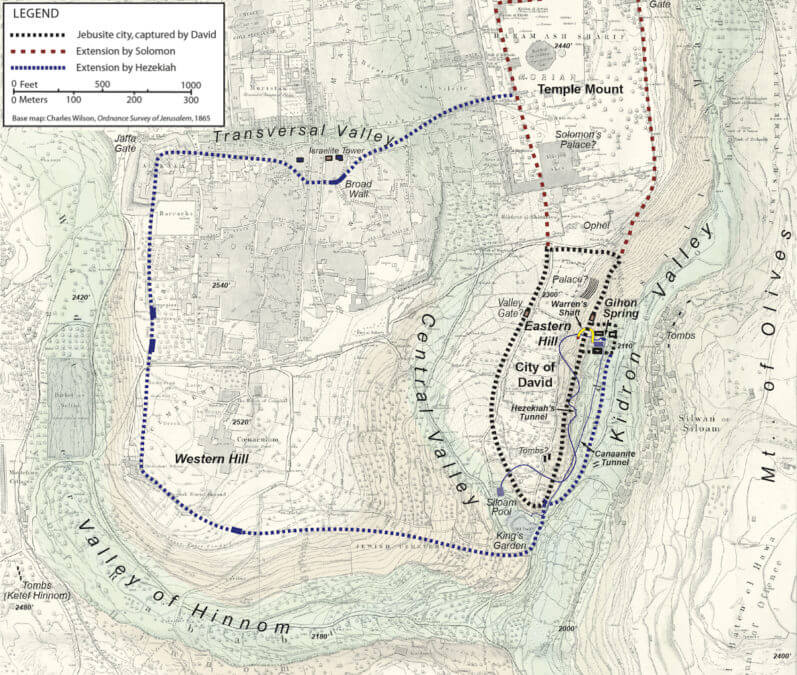
(Map of Old Testament Jerusalem, courtesy of Satellite Bible Atlas)
It’s impossible to know why, but Manasseh sought to break God’s law with as much passion as his father, Hezekiah, had sought to keep it. Manasseh rebuilt the high places where one would worship idols. He built altars in the temple to idols and altars to the stars.
In a literal sense, he rebuilt what Hezekiah had torn down. Look at how the prophet Jeremiah put it:
And they have built the high places of Topheth, which is in the valley of the son of Hinnom, to burn their sons and their daughters in the fire, which I did not command, and it did not come into My mind.—Jeremiah 7:31
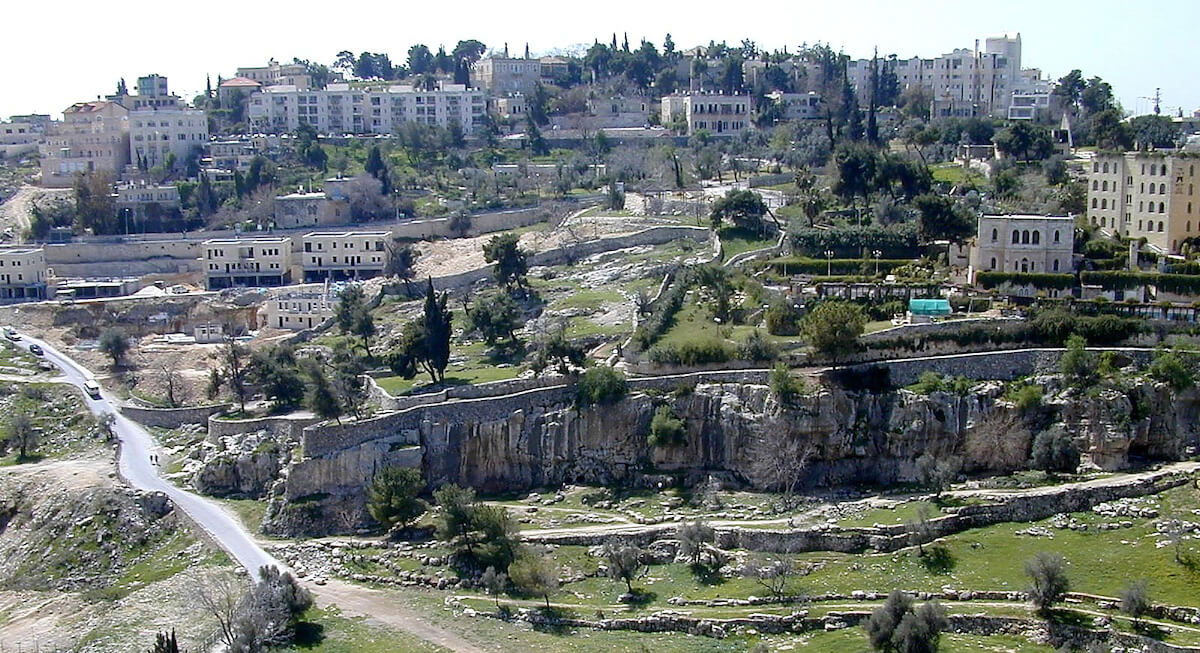
(Photo: Hinnom Valley from Mount Zion. Courtesy of the Pictorial Library of Bible Lands)
How did God respond to Manasseh? He spoke to Manasseh and his people, but they paid no attention. So God brought in the Assyrian army, “and they captured Manasseh with hooks, bound him with bronze chains, and took him to Babylon” (2 Chron. 33:10-11). When it says they captured him with hooks, the Hebrew word refers to a hook that was put through the gills of large fish. It is used of a ring used in the noses of wild beasts to subdue and lead them.
Manasseh’s life is revealed as an out-of-control, unmanageable beast, which the Assyrian generals took and subdued by a ring in the nose.
Know anybody like that?
Attitude Adjustment—and Redemption
What a great change occurred at that point!
And when he was in distress, he entreated the LORD his God and humbled himself greatly before the God of his fathers. When he prayed to Him, He was moved by his entreaty and heard his supplication, and brought him again to Jerusalem to his kingdom. Then Manasseh knew that the LORD was God.—2 Chronicles 33:12-13
Hard to believe, isn’t it? In his distress, Manasseh called out to God and finally let go of the illusion that he was in control—and he humbled himself greatly.
The Hinnom Valley—A Picture of Redemption
The valley gave us one of archaeology’s greatest finds. In 1979, Dr. Gabriel Barkay discovered the amazing Ketef Hinnom Amulets in the Hinnom Valley. These two small silver scrolls have the priestly benediction Numbers 6:24-26 etched on them. They date to the First Temple Period (586 BC) and represent the earliest copy of Scripture we have.
Today when we see the Hinnom Valley, it looks far different from the time of Manasseh. Today the valley hosts musical concerts and offers a park with lush, green grass for children with Frisbees.
How ironic: in times past, children were killed there. Today, they play in peace. It’s almost as if the Hinnom Valley has been redeemed from the horrific acts of idol worship and child sacrifice. Just like Manasseh was redeemed.
Just like you and me.
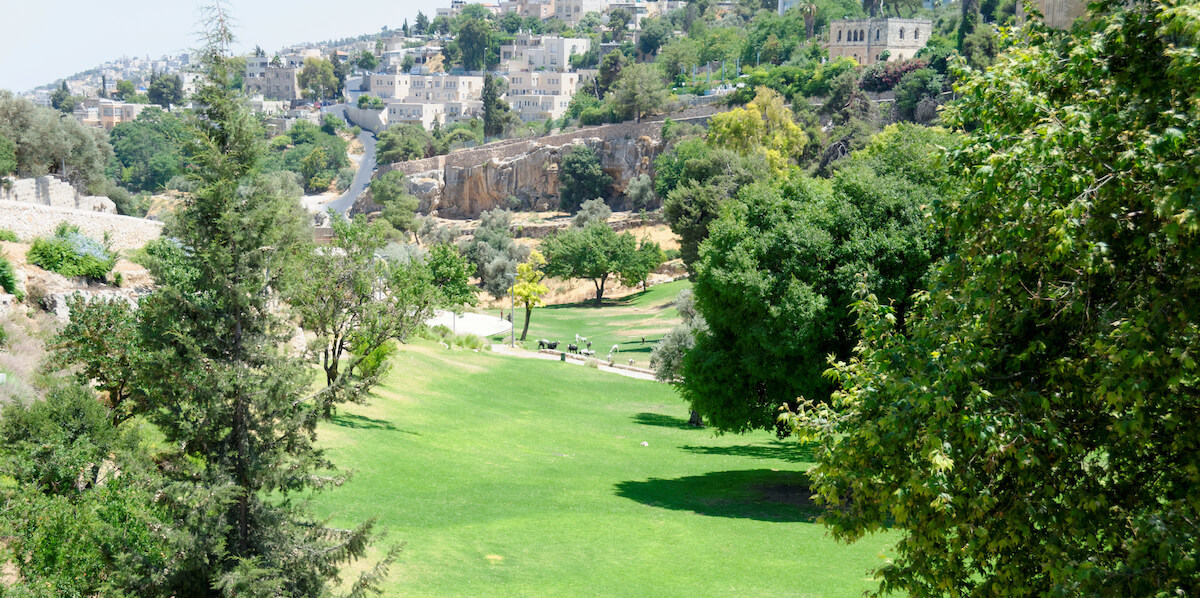
(Photo: Hinnom Valley with green grass. Courtesy of the Pictorial Library of Bible Lands)
Do you know someone too far gone? Manasseh and the Hinnom Valley illustrate the awesome grace of God toward all who would turn to the Lord in sincerity. If the Lord can change Manasseh’s heart, He can change anyone’s.
Never give up hope. Never quit praying.
Discover How the Holy Land Connects to Your Life
Learn the top 6 Lessons from Visiting the Holy Land more than 20 times in 21 years with Dr. Wayne Stiles, a longtime devotional scholar who is passionate about sharing the practical application of bringing God’s Word to life.
Tell me what you think: Who are you praying for? To leave a comment, just click here.

